Category: Constellations
-
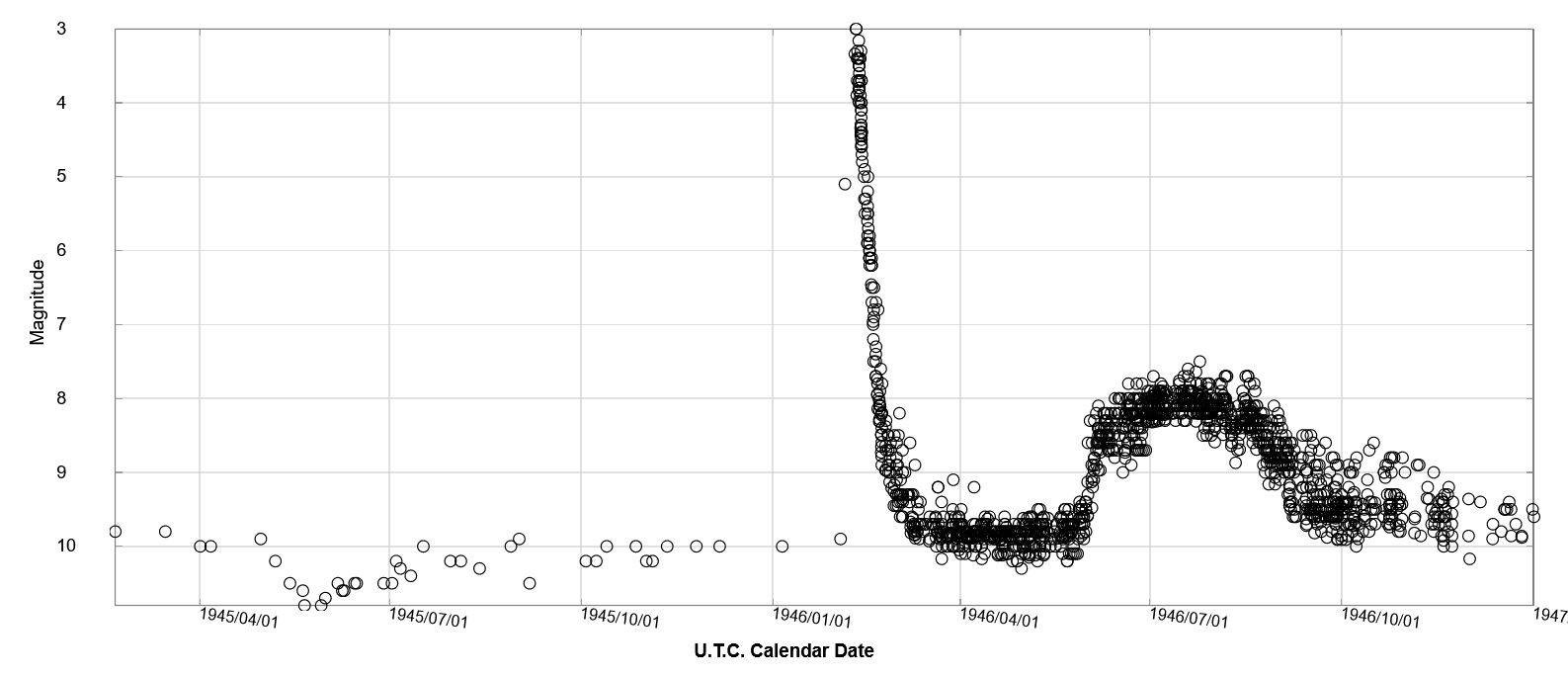
T Coronae Borealis – The Nova in the future
A star in the constellation Northern Crown is described, for which a drastic increase in brightness is expected this year 2024. The historical events of this nova are discussed, but above all the current state of knowledge about this star, which lights up regularly about every 80 years.
-
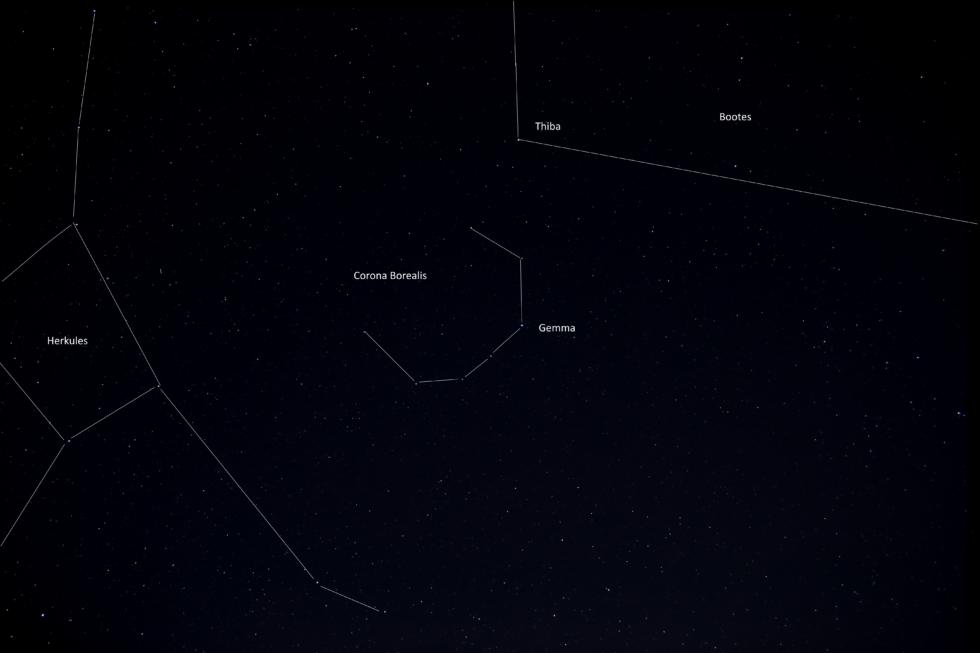
Corona Borealis - The Northern Crown
The constellation Corona Borealis is easily found between the constellations Bootes and Hercules. It shows an open-to-the-top ring structure formed by seven relatively well-recognizable stars. We find very interesting stars here...
-
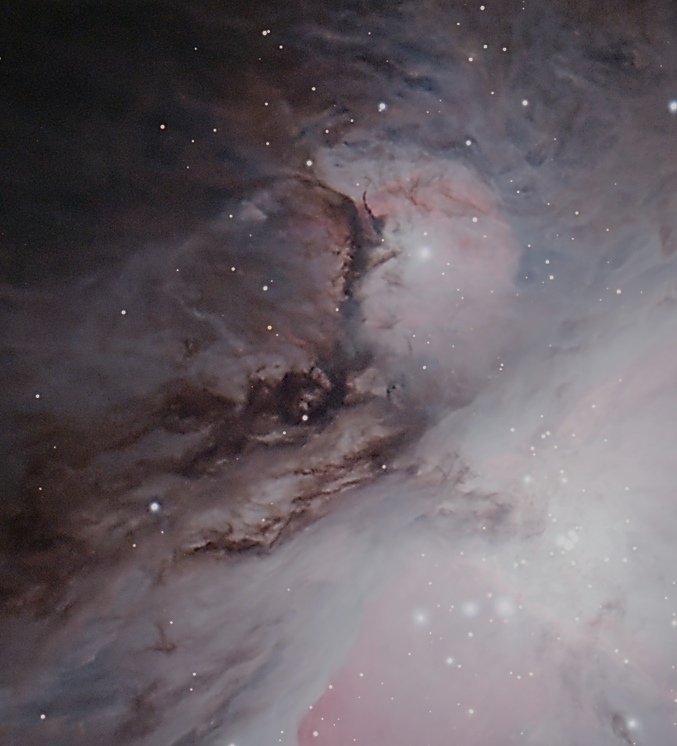
De Mairan's Nebula - M 43
The De Mairan Nebula, which is directly adjacent to the Great Orion Nebula, is often not mentioned at all when observing the entire region around the constellation Orion. But it may be the cause of the spectacularly glowing HII regions on the Sword of Orion.
-
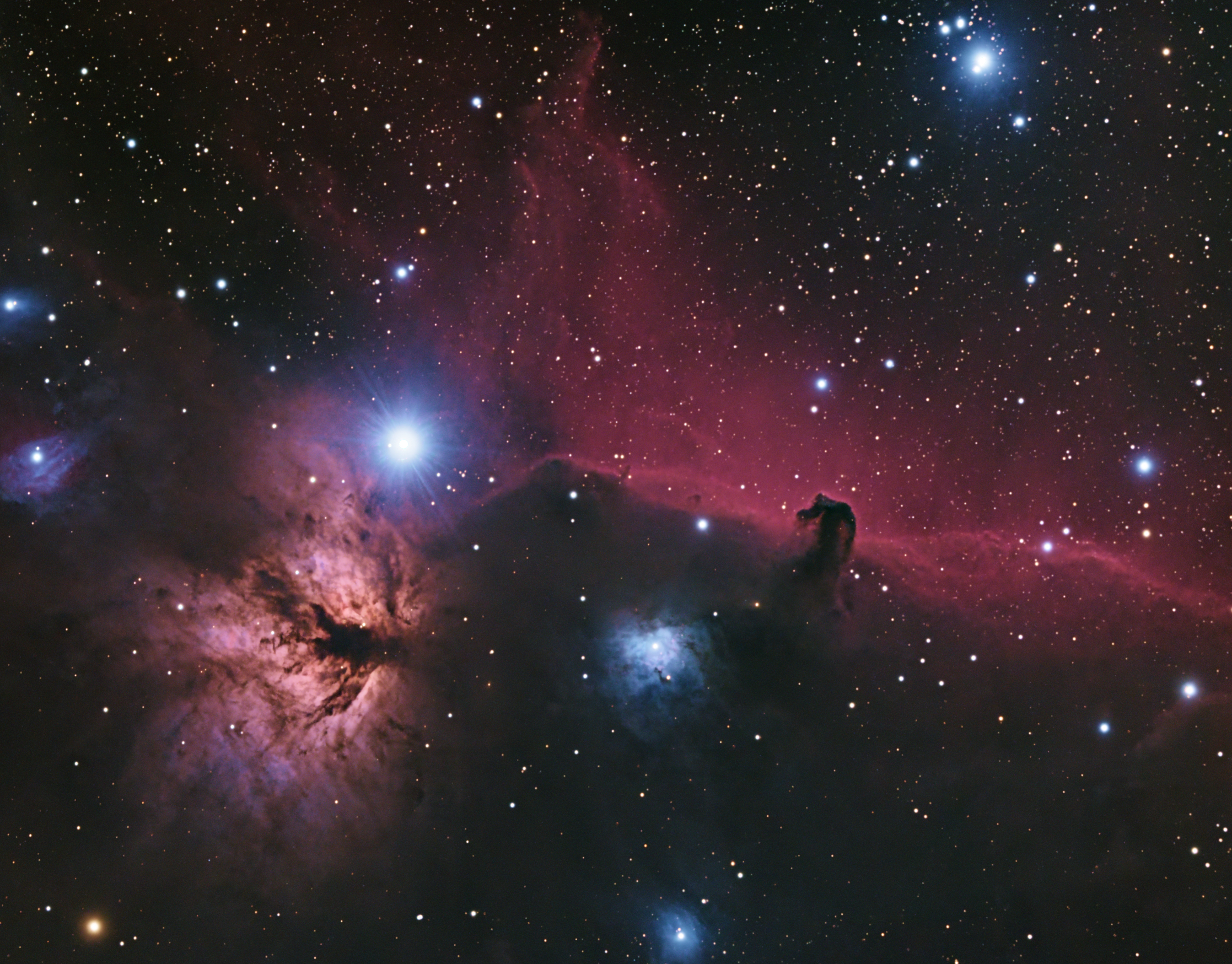
The Horsehead Nebula in Orion - B33
The closest active star-forming region to Earth is in the constellation Orion in the so-called Horsehead Nebula. Over the past two decades, a great deal of research has been done to understand its structural structure and the mechanisms at work within it.
-
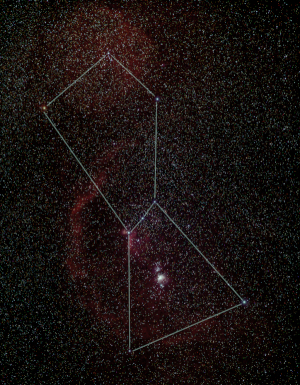
The star Betelgeuse - a Red Supergiant
Betelgeuse, Orion's left shoulder star, is a Red Supergiant that has become the focus of science and, of course, amateur astronomy at the latest after its significant brightness dimming at the end of 2019. The purpose of this summary is to present the current state of the facts about Betelgeuse.
-
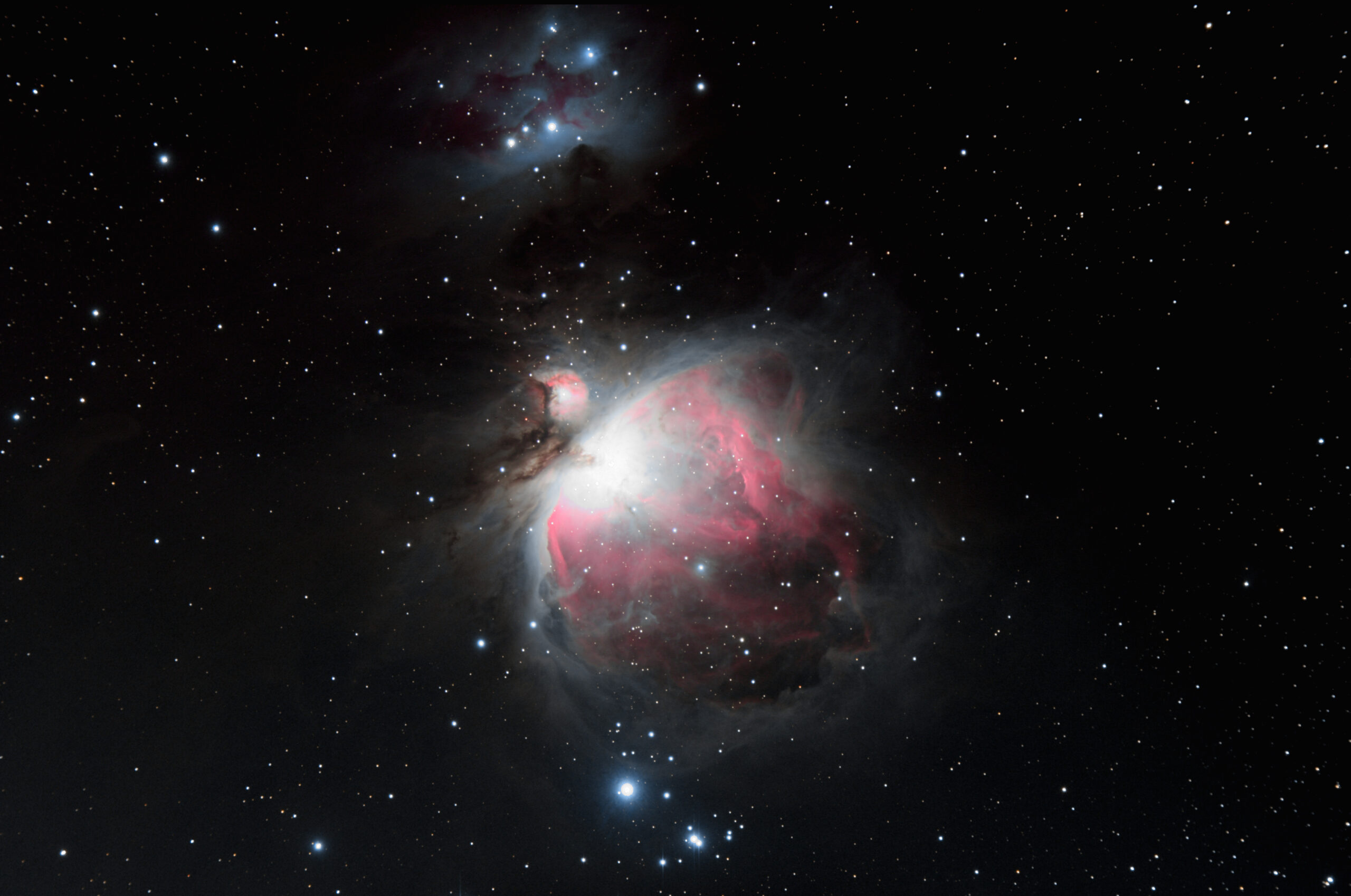
The Orion Nebula – M42
The Orion Nebula or M42 is probably one of the most striking and therefore well-known deep sky objects in the nighttime winter sky.
-
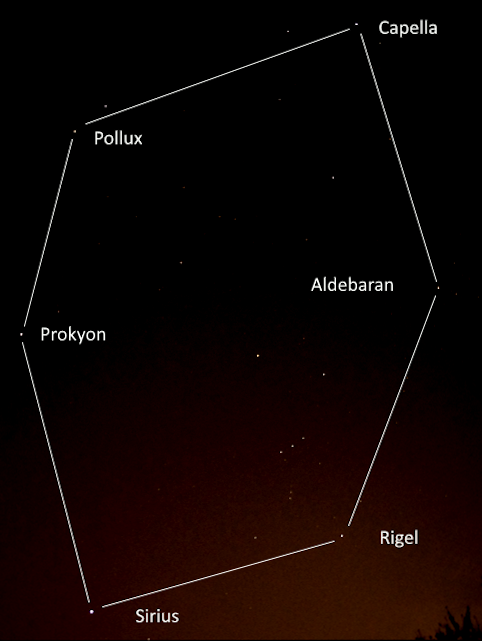
The Orion constellation and surrounding
The Winter Hexagon represents an asterism composed of six stars from six different constellations. It consists of the very bright stars Capella in the constellation Auriga, Aldebaran in Taurus, Rigel in Orion, Sirius in Canis Majoris, Procyon in Canis Minor and Pollux in Gemini – in the sky, these stars form a beautiful hexagon, in the middle of which Orion can be found.